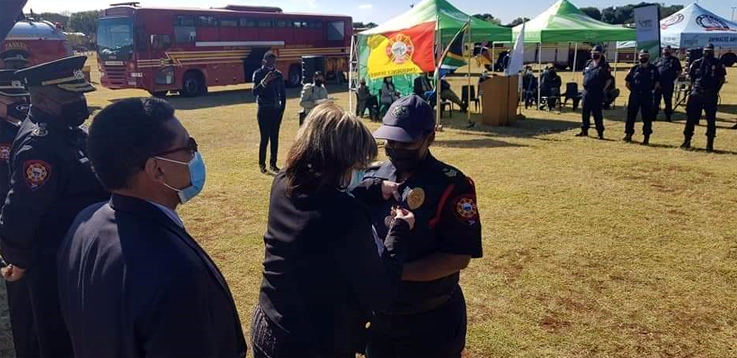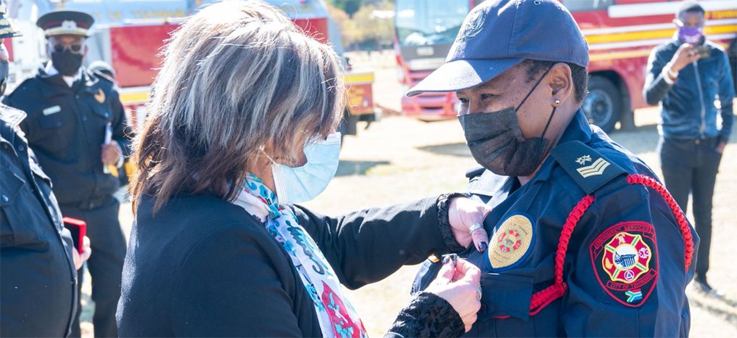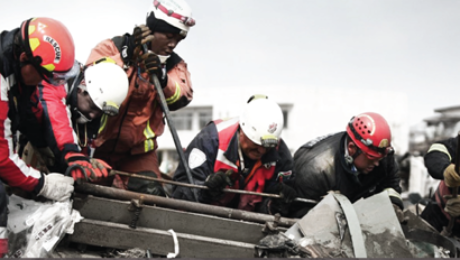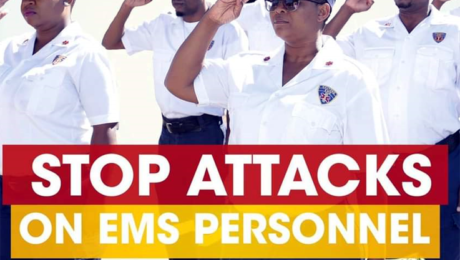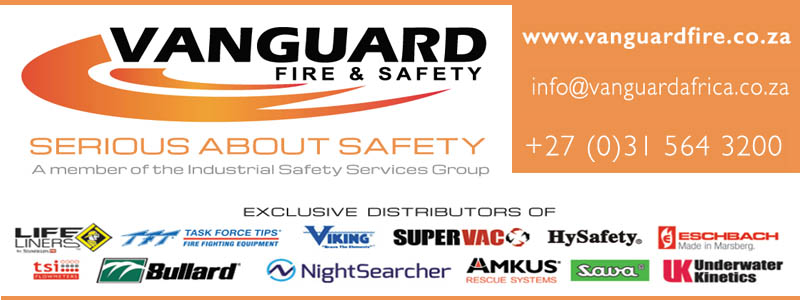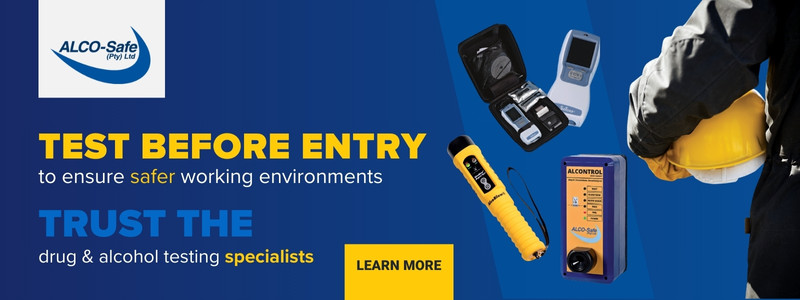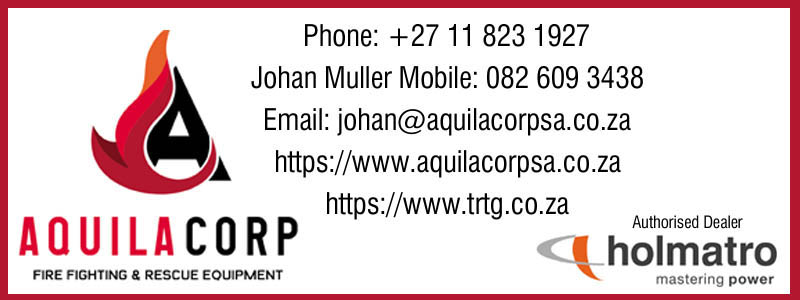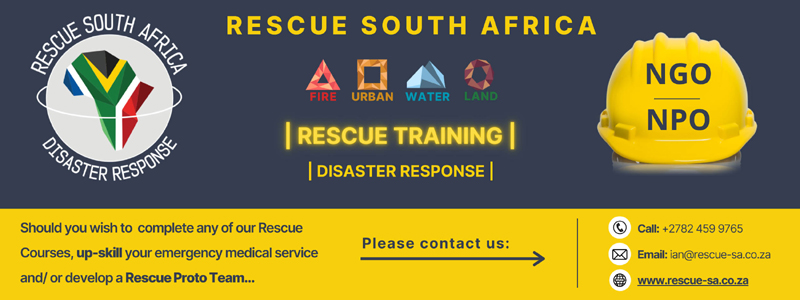Man rescued from a basement in a building in Hatfield, Pretoria
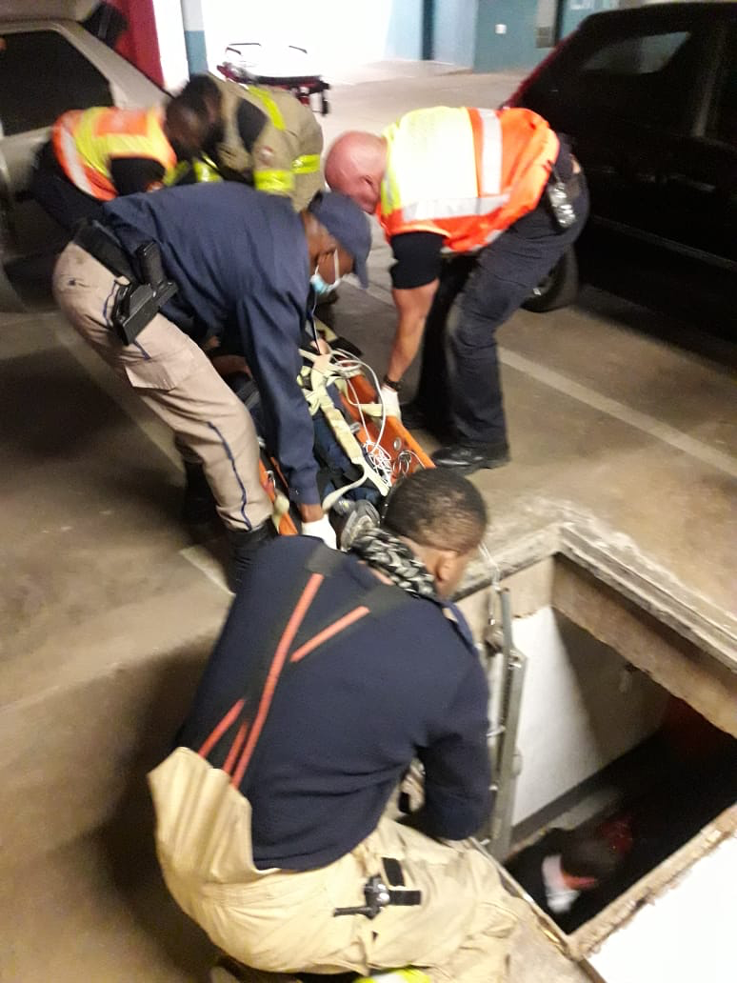
The Tshwane Emergency Services Department responded to an incident where a male of 46 years of age sustained critical but stable injuries after falling from the basement stairs of a building on June 07, 2021.
The incident occurred at a building on the corners of Prospect and Hilda Street in Hatfield, Pretoria.
The male patient was reported to have slipped from the rail of a staircase while trying to access the basement of the building for plumbing maintenance work in the basement. He apparently lost grip of the rungs of the stairs and fell approximately 3 metres down, sustaining head injuries.
Tshwane paramedics and firefighters lowered a basket and scoop stretcher where the patient was securely loaded into, after receiving bleeding and intravenous fluid treatment. He was then lifted to the surface with the assistance of members of the public in the building, Tshwane Metro Police officers and Tshwane Emergency Services personnel.
He was transported to the Mediclinic Medforum Hospital in a critical but stable condition. We would like to advise utility workers to ensure their personal safety by using appropriate personal protective clothing and fall arrest mechanisms when working from height.
Tshwane Emergency Services recommends that all workers must ensure proper grip on stairs when climbing down or up the stairs and ensure a systemic decent or climb of the stairs.
- Published in Uncategorized
Paramina Compressors from Divetek
Established in 1966, PARAMINA SA deals exclusively with Compressed Air.
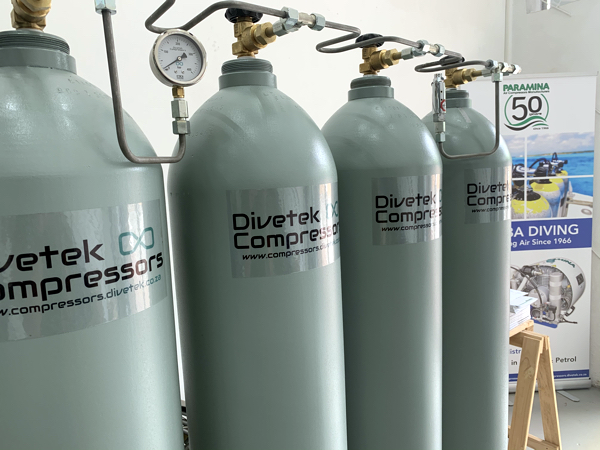
Driven to the third generation of ownership as a manufacturer of screw compressors, high pressure piston compressors and auxiliary compressed air systems suitable for industrial/general purpose air, gas (nitrogen, helium, argon), marine and offshore, as well as breathing air (diving, firefighting, oil and gas/H2S protection, motorsports, defence (air force, navy, army) and paintball/shooting sports applications.
Product Feature
Paramina “CRYO”
Compressed air contains large quantities of moisture and other contaminants.
This moisture and contaminants must be removed from compressed air, in order for the final quality of air to meet the requirements of EN12021 breathing air directive.
Cleaning of the air is achieved inside breathing air filter (BA), through absorption by molecular sieve (moisture adsorption – drying) and active carbon (oil hydrocarbons and oil odour adsorption).
When molecular sieve is saturated, BA cartridge must be changed.
However, Molecular Sieve’s absorbance capability is affected by compressed air’s temperature, which increases or decreases according to the ambient temperature as well.
The higher the air temperature, the more it decreases BA cartridge’s lifetime.
“CRYO” refrigerated dryer, decreases compressed air’s temperature to 3oC (dew point), liquifying most of the moisture which is then drained automatically to ambient.
By installing ”CRYO” before compressor’s BA filter, only a small quantity of moisture reaches BA cartridge for adsorption, thus increasing the life span of the filter cartridge.
Advantages of refrigerant dryers:
- Maintenance and operation costs are low
- Removes particles, water droplets, and oil vapours from the compressed air system
- High reliability and extends the life of your compressor
- Increases BA Cartridge life span
Distribution, Sales and Maintenance exclusively by:
Divetek Compressors
011 791 1095
Email: Compressors.divetek.co.za / compressors@divetek.co.za
Download the Paramina HP Brochure from the link below
https://compressors.divetek.co.za/paramina_hp_brochure-2020/
- Published in Uncategorized
New vehicles delivered to City of Tshwane Emergency Services Department
New vehicles were recently delivered to the Emergency Services Department to assist with the urbanization of the city.
All fire engines are built on a specialized chassis for fire engines and certified by NFPA (National Fire Protection Association) codes and standards

The service provider for the delivery of the vehicles is Fleet Africa.
- Industrial Pumper
Industrial Tanker
This major industrial pumper is the monster of all fire engines.
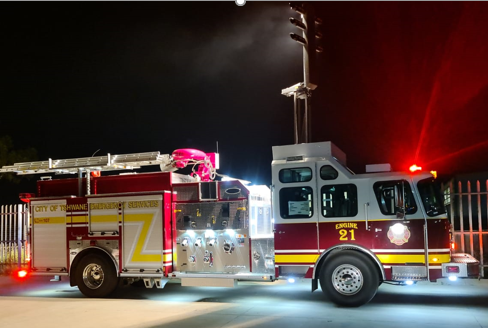
With a water tank of only 1 893 litres, a foam tank of 2000 litres and a dry chemical system of 159kg the fire engine pump can deliver 11 358 lpm, through 6 pump outlets and a 203mm deck monitor that can deliver up to 11 358 lpm over a distance of 60 metres, and a rear monitor that can deliver up to 7 572 lpm of water.
The vehicle is also equipped with the latest fire ground operation that requires a CAFS System (Compressed air foam system) to minimize the amount of water used.
Situation: Station 4 (Silverton) to assist with the refineries and the new vehicle hub of the City of Tshwane.
Foam / Tanker Unit
The foam pumper has a capacity of 2000 litres of water and 2000 litres of foam.
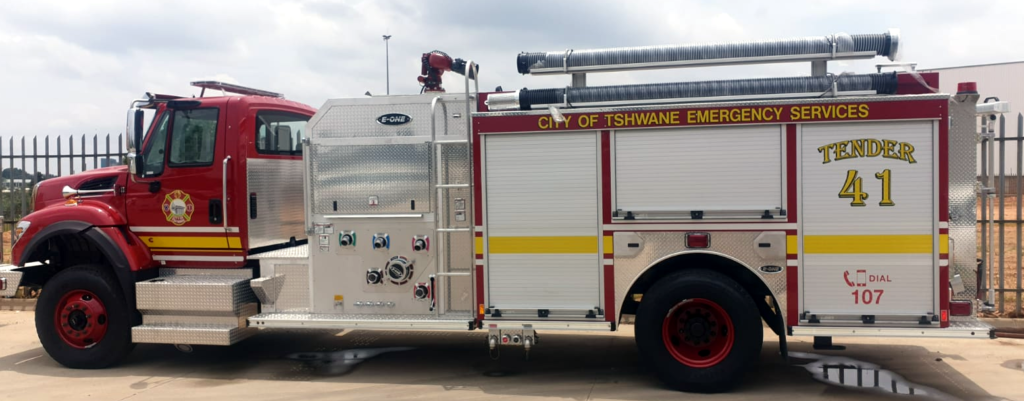
The fire pump can deliver 6000 lpm with a top monitor that can deliver 7 600 lpm
Situation: Station 2 (Rosslyn) to assist with the heavy industrial area.
Water Master Tanker
The water master tanker has a water capacity of 13 000 litres and a vacuum fire pump that can deliver 4 733 lpm and a deck monitor with the same flow rate of 4 733 lpm.
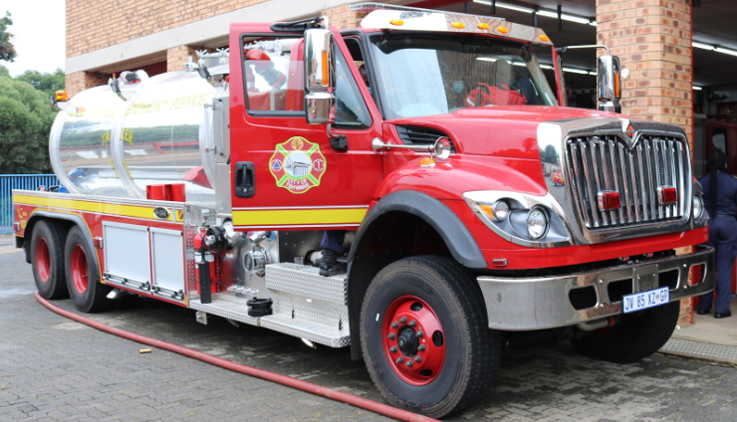
The vehicle has a portable removable dam to the capacity of 11 000 litres
The vacuum pump can fill the tank of 13 000 litres in under 3 minutes and dump the water in under 2 minutes
Situation: Station 2 (Rosslyn) to assist the foam / tanker with water supply in the heavy industrial area
Multi Patient Ambulance Bus
This major incident unit is designed for any mass casualty incident where there are a large number of patients on the scene.
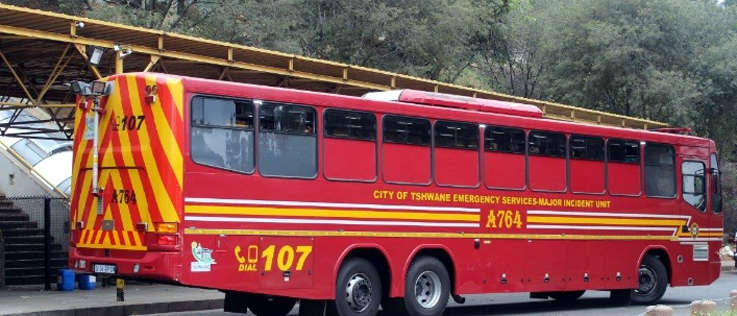
The bus is fully self-sufficient with onboard water, oxygen and a generator.
It has a custom designed lift that enables stretcher and/or wheelchair patients to be transferred from ground level into the vehicle.
The vehicle is designed to transport 12 critical priority 2 patients on stretchers and 6 priority 3 minor patients simultaneously, thereby performing the work of 15 ambulances during a major incident.
Situation: Station 1 (Central) to be deployed at any stage to any area of the city
- Published in Uncategorized
Mobile compressed air foam system from Rosenbauer – RFC CAFS Cube
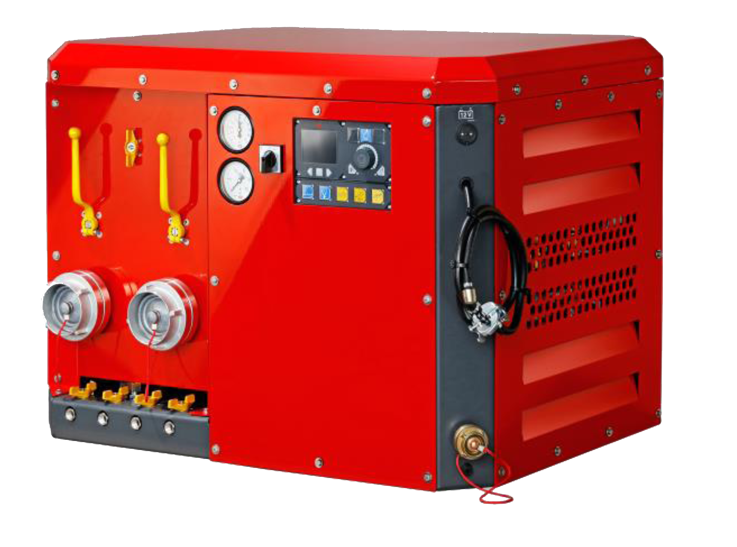
The RFC CAFS Cube is a compact, mobile compressed air foam system that can be permanently installed in existing or new fire engines and can also be implemented as a mobile solution. This makes it particularly suitable for uncomplicated and cost-effective retrofitting to upgrade an existing fleet of vehicles.
Benefits
Universal extinguishing system
• full-featured pump system with all functions of a classic portable pump
• output of pure water or generation of water foam solution or wet and dry compressed air foam
• proportioning rate adjustable to 0,1%, 1% or 3% and thus suitable for all conventional foaming agents and for wetting agent application
Intuitive operation
• immediately ready for use via a switch and logical operating philosophy via the LCS Compact
• automatic water and manual foam suction mode
• easy switching between water, foam or CAFS mode and between wet and dry compressed air foam
First-class extinguishing performance
• excellent extinguishing effect through maximum cooling, effective displacement of oxygen, and thorough penetration of the burning object
• high degree of protection against burn-back due to interruption of the oxygen supply and continuous cooling
• preventive protection against flying sparks and heat for property endangered by fire
Excellent throw range
• large safety distance from the source of fire
• makes the fighting of fires in inaccessible places and at heights easier
Visible extinguishing success
• white compressed air foam with strong adherence properties is visible to the jet pipe operator
• the evaporation of compressed air foam acts as an indicator of surfaces that are still too hot.

- Published in Uncategorized
Bravery medals bestowed to Tshwane firefighters
Executive Mayor Randall Williams honoured 18 Tshwane firefighters for service delivery excellence and bravery at an awards ceremony on 03 June 2021.
The initiative was to acknowledge the brave firefighters who took part in the Bank of Lisbon fire operation.
“Just over two years ago, the City of Tshwane’s motto “Igniting excellence” – found expression in the way our firefighters conducted themselves when they were called to aid their fellow colleagues in distress. In September 2018, an unfortunate incident befell the Bank of Lisbon Building in the City of Johannesburg when it caught fire.
“City of Tshwane firefighters were called to help extinguish the deadly blaze. The call received a swift response from our Emergency Services Department, our firefighters were immediately dispatched to assist. They took on this mission with grace and humility notwithstanding the deadly risks associated with such an operation.
When Johannesburg EMS reached out to Tshwane, they knew they could count on the skills and services our firefighters, they knew they were reaching out to dedicated professionals.
“Men and women in uniform from various disciplines play a critical role in keeping our communities safe, be it through crime fighting, responding to emergencies, assisting the ill or putting out fires. They do all of this but do not always get the recognition they deserve.
“I believe that firefighters are some of the most courageous people in the world, they are tasked with the unique responsibility of running towards danger to put out fires, conduct rescues and evacuations. This a unique act of bravery that deserves our praise and respect.
“I stand here on behalf of the Tshwane leadership to express our gratitude for the outstanding work you did at the Bank of Lisbon and for many other emergency cases you attended to in our City.
“That Bank of Lisbon Building fire resulted in the demise of three firefighters, this shows the immense, almost impossible task you were faced with. But despite the challenges and the dangerous situation you were in, you still put your best foot forward.
“For that we would like to say thank you all for being true professionals and for flying the Tshwane flag high. You are an inspiration and as a City, we couldn’t be more proud.
You have earned these bravery medals, every single one of them. May these medals motivate you to rise above all odds and to continue serving our communities with dedication and selflessness”.
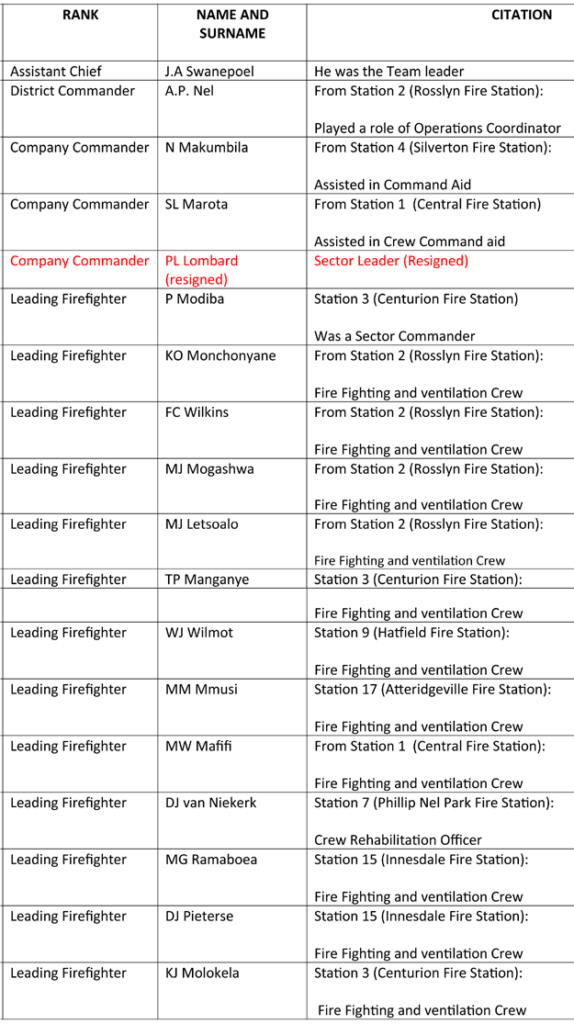
- Published in Uncategorized
Rescue-SA partners with Nelson Mandela University

Rescue South Africa (RSA) and Nelson Mandela University (NMU) have entered into a mutual agreement in order to assist in building capacity at NMU as well as in the province.
The idea is to use the substantial cache of USAR (Urban Search and Rescue) equipment (60 tons) that was relocated to Gqebera recently. The equipment will be used to capacitate the university to teach all 12 rescue modules that form part of the four year B Tech degree which produces advanced life support paramedics and rescue technicians.
By moving this cache we have accelerated the university’s ability to offer all these rescue modules, as well as assist in the development of the SLP (Short Learning Programmes) that the university plans to offer.
One of our joint visions is to roll out these USAR accredited training modules in the province to emergency service personnel, should there be such a requirement. The concept is that if any of the municipalities accept this offer, training will be offered on site at the municipalities premises.
The idea is to try and raise funding, so that this training can be offered at no charge to these municipalities, under financial constraint. Furthermore it’s envisaged that the equipment and our vehicles will be used, should a technical rescue arise in the vicinity that requires specialised equipment that may not be available normally. We are hoping to use the senior rescue lecturers as well as final year students serving a dual purpose of giving the students real life experience in their field, and assisting the affected communities when needed.
Finally this equipment will continue to serve, as it has in the past, to respond to any sudden onset disaster – provincially, nationally and internationally.
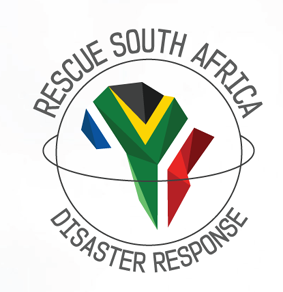
Ian Scher, CEO, Rescue South Africa
ian@rescue-sa.co.za
For those seeking to fund such stellar initiatives for the benefit of all South Africans, please contact Ian directly to discuss CSI.
- Published in Uncategorized
SABS updates national standard on crucial fire detection and alarm systems

Background
The Standards Division of the South African Bureau of Standards (SABS) maintains and develops several national standards aimed at ensuring the protection of life and property from fire and fire-related damage.
As part of this legislated mandate the SABS has recently published a revised version of SANS 10139, Code of practice for design, installation, commissioning and maintenance of fire detection and alarm systems in non-domestic premises whichbrings South Africa in line with fire safety standards similar to those in the United Kingdom and Europe.
Scope of SANS 10139
The standard provides recommendations for the planning, design, installation, commissioning and maintenance of fire detection and fire alarm systems in and around buildings, other than dwellings.
Relevance and importance of the national standard
SANS 10139 is based on the British Standards BS5839-1, Fire detection and fire alarm systems for buildings. Code of practice for design, installation, commissioning and maintenance of systems in non-domestic premises. The British Standard (BS5839-1) was updated several years ago after fatalities occurred at an old age home in Lancashire that killed 14 elderly people.
This revised South African National Standards (SANS) comes at a time when the country witnessed two devastating fires.
The wildfire that swept the slopes of Cape Town’s Table Mountain and spread to the University of Cape Town, burning the historic campus library, and forcing the evacuation of students and the incident where 700 patients were evacuated from Johannesburg’s Charlotte Maxeke Hospital, after a fire blazed through parts of the medical facility in South Africa’s largest city.
The seriousness of fire is often overlooked, and their impact is often underestimated. It is crucial that a national set of guidelines and rules for the designers and installers of fire protection systems is provided for them to follow and uphold. The costs of fire within this country runs into the billions of Rands and needs to be prevented.
What has been revised in the national standard?
- Updated recommendations about the need for a fire detection system, variations from the standard, system components, detection zones, communication with the fire services, staged fire alarms, and manual call points.
- Updated requirements for smoke detectors.
- Updated requirements for spacing and placing of automatic fire detectors.
- A commentary has been added with regards to a control and references the appropriate equipment.
- Updated measures to limit false alarm.
- A commentary on inspection and servicing has been added.
Benefits of the revision.
Ms. Laura Swart, Chairperson and Member of the SABS Technical Committee said: “The revision of SANS 10139 will benefit the fire protection industry as it clarifies all requirements and will ultimately eliminate the confusion experienced by the protection industry. This in turn, will result in a more effective use of the national standard, thus improving firefighting and improving the job of saving lives and preventing the loss of property. The standard also aims to mitigate the risk of failure of fire detection and fire alarm systems in and around buildings.”
Ms. Swart went on to say that that the revision of the national standards was made possible by valuable collaboration with the Fire System Inspection Bureau (FSIB), the Fire Detection Installers Association (FDIA) and the South African insurance industry.
* The official title of the SABS Technical Committee is SABS/TC021/SC01, Fire safety – Fixed fire extinguishing systems
- Published in Uncategorized
City of Tshwane has launched a Community Emergency Response Team training in Region 6

On the 9th May 2021, the City of Tshwane Emergency Services Department launched the Community Emergency Response Team (CERT) Training Pilot Programme in Region 6 at the Mamelodi Council Chambers.
The aim of the CERT Programme is to educate volunteers about disaster preparedness for the hazards that may impact their community, and train them in basic response skills such as fire safety, light search and rescue, team organisation and disaster medical operations.
The programme is one of the key means of promoting the community’s readiness in terms of preparedness and response capability. It also assists in reducing the adverse impacts of the identified hazards and risks within the community.
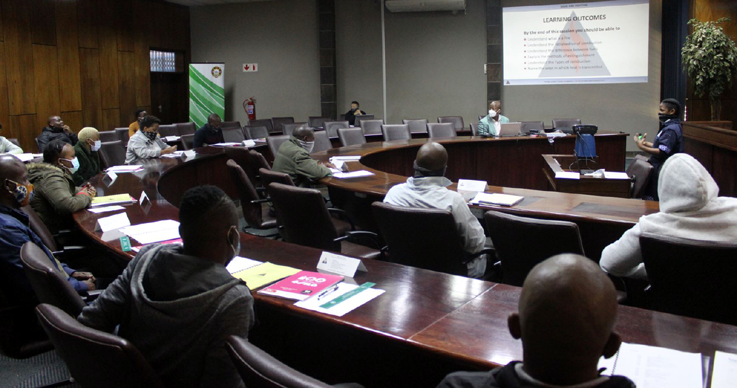
By engaging community members in the early phases of disaster preparation and response, communities can be better prepared for when disaster strikes.
The purpose of the programme is to train and organise community members to be a response asset in an emergency or disaster and to be an extension of first responder services until professional responders arrive.
The intention of this training is to capacitate CERT members to work within the boundaries of their training skills, through which they can help themselves, their family, neighbours and the community-at-large.
ESD, in conjunction with SANTAM and the Fire Protection Association of South Africa (FPASA), identified and agreed on the minimum training and induction required by a CERT member to effectively respond to emergencies.
The following minimum training requirements have been identified:
- Disaster preparedness
- Fire safety and utility controls
- Disaster medical operations (first aid)
- Light search and rescue operations
- CERT organisations
- Course review
- Final exam and disaster simulation
On completion of the training, all successful members will be recognised as CERT members and will be issued with a certificate indicating the training completed. This certificate will be issued by FPASA, which has been appointed through a Memorandum of Understanding with SANTAM, to present the training in Tshwane as a pilot project.
The initiative of the ESD, in partnership with SANTAM and FPASA, to establish CERT teams will allow the community to effectively identify and respond to emergencies.
The initiative again illustrates the critical role of meaningful partnerships in pursuing a safe and secure Tshwane, where all residents are safe and feel safe.
While communities often only encounter ESD personnel in times of emergency, crisis, or disaster, they are not helpless spectators and should be partners in their own safety, security, and well-being. The CERT programme is therefore an important element in realising that, and the City of Tshwane is immensely grateful for the contribution of SANTAM and the FPASA.
Ald. Karen Meyer
MMC FOR COMMUNITY SAFETY AND EMERGENCY SERVICES
- Published in Uncategorized
Gauteng Health MEC pleads for help to stop attacks on Emergency Services personnel
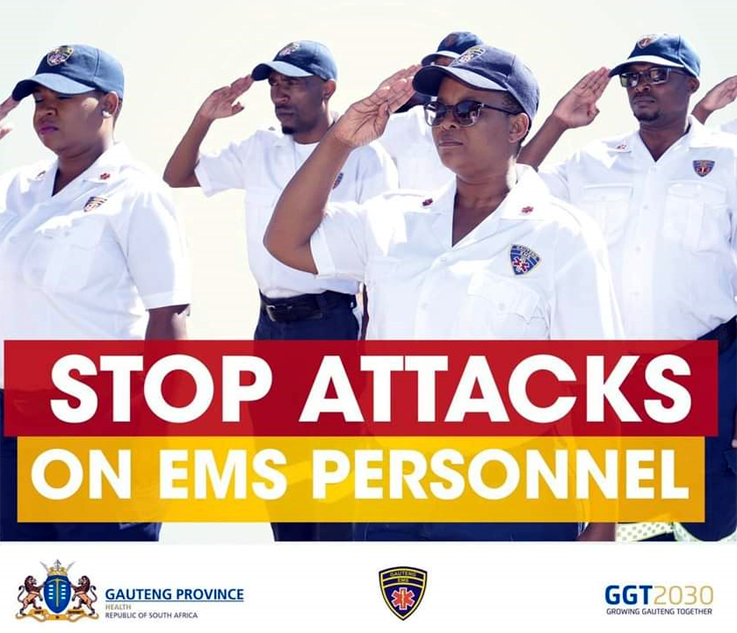
The Gauteng MEC for Health Dr Nomathemba Mokgethi has called on members of society to help put an end to continuing attacks on Emergency Medical Services (EMS) personnel while in the line of duty.
In a recent attack during the night of Friday 7th May, two EMS crew members were shot while responding to a gunshot incident at Dukathole Informal settlement In Germiston. This resulted in one crew member being hit by a bullet. Both crew members were admitted to a nearby hospital. One crew member is still in hospital in a stable condition while the other is going for counseling.
The attack slowed down the emergency response to the fatally wounded resident who, unfortunately died on the way to hospital.
“Unless communities work together with law enforcement agencies to put an end to the attacks on EMS personnel and the vandalism of their equipment, people needing emergency medical care might find themselves without assistance as workers will be reluctant to respond to calls”, states Dr Mokqethi.
At the beginning of May a woman EMS crew member was attacked at gunpoint while on duty leaving her on crutches. While in another incident, a shift leader and her crew were attacked by community members in Magalies while responding to a distress call.
According to MEC Mokgethi, an attack on EMS should be seen as an attack on the rest of society, “We therefore condemn in the strongest possible terms the continued attacks on our Green Angels (a name EMS personnel are fondly called). The last thing we want is for EMS workers to start fearing for their lives instead of being concerned about saving as many lives as possible”.
Members of the community who may have any information relating to any of the attack incidents have been asked to assist the police in their investigation.
Issued by the Gauteng Department of Health.
- Published in Uncategorized
Emergency Response Competition 2021
Diarise now for this exciting annual event
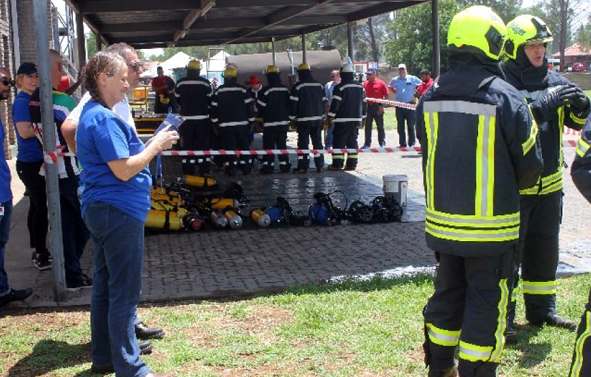
ETS Emergency Training Solutions (PTY) LTD will host its 2021 Industrial Response Team Competition on 30th September 2021!
The competition is held annually to give industrial emergency response teams a well co-ordinated platform to display the skills that they have been taught over the years, learn from other teams and compete for impressive trophies.
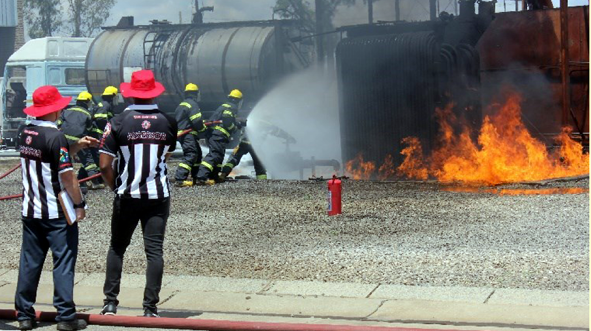
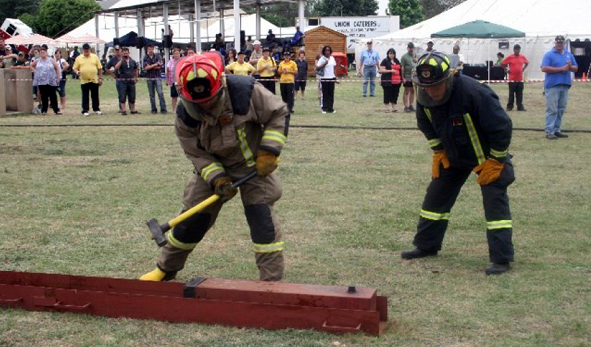
The competition day also provides an opportunity for organisations to display their latest products and services.
Opportunities for vendors:
ETS is offering companies the opportunity to exhibit on the day of the competition, and a lot more.
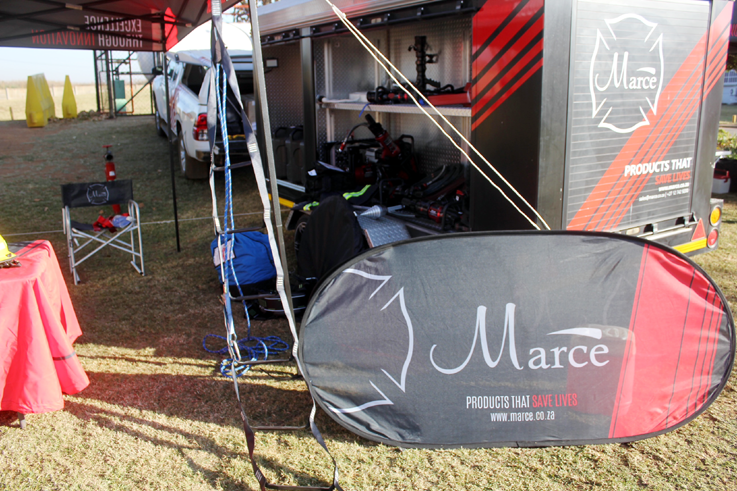
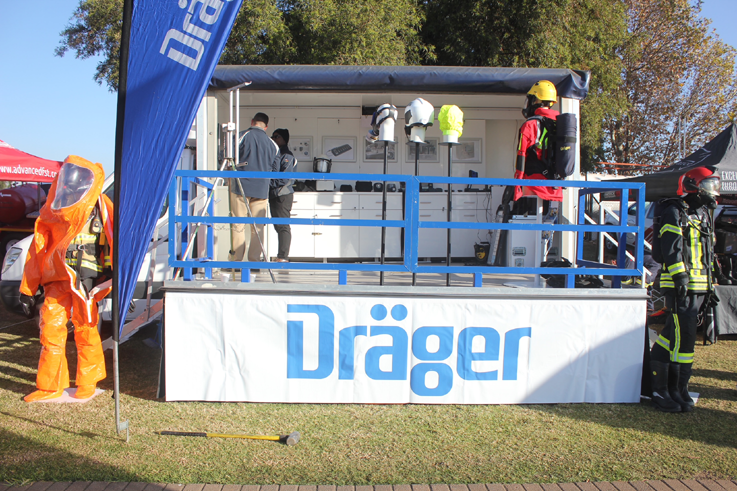
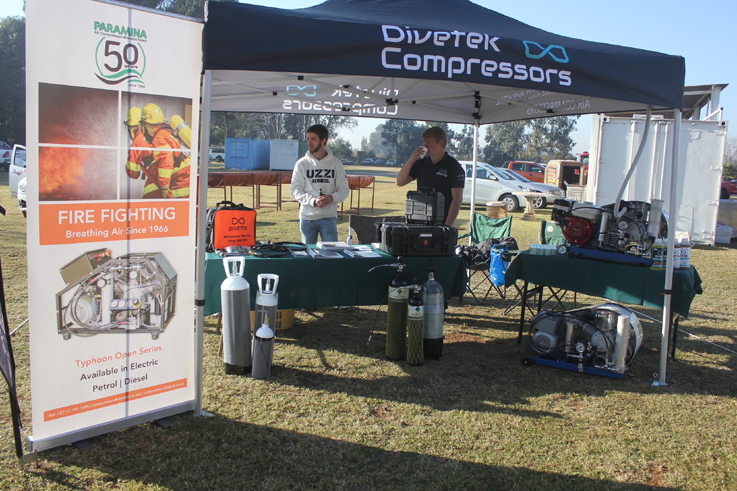
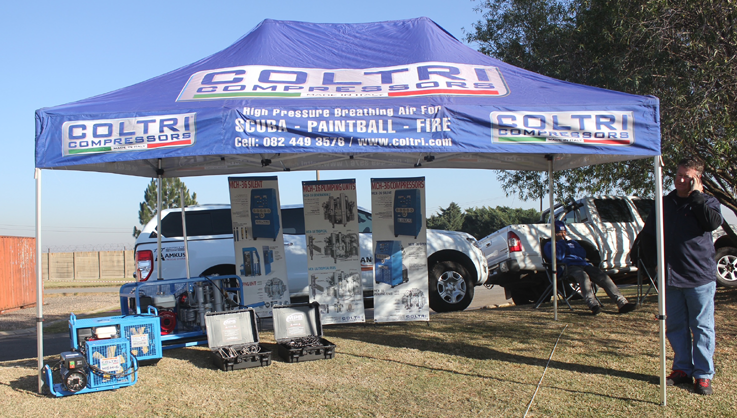

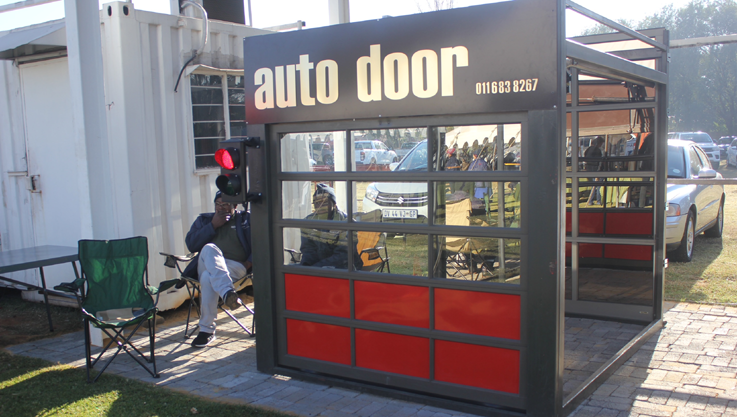
Vendors will benefit in the lead up to the competition, the day of the competition and the prize-giving after the competition.
- Vendor companies will be included in all marketing in the months prior to the competition.
- Vendor companies will exhibit on the day of the competition
- Platinum, Gold, Silver and Bronze vendors will be given the opportunities to present trophies to first, second and third place awards
- First, second and third place trophies will be designed and built by ETS with your inputs and your company name.
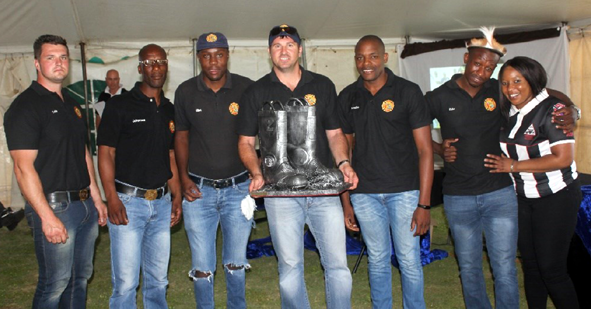
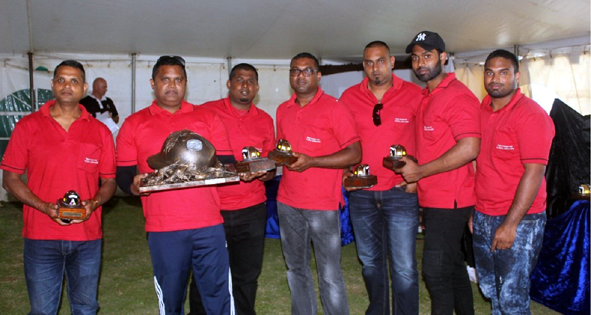
Bronze vendors will be able to place their branding on the popular Mini Helmets, which are awarded to the team members of each team winning a trophy.
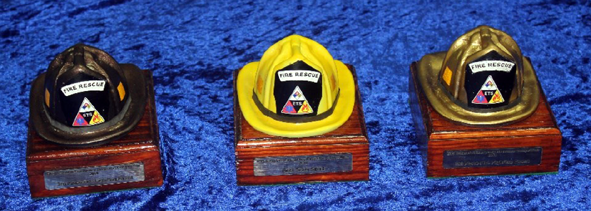
If your company wishes to exhibit, please contact Pinkie at email pinkie@etsafrica.co.za or phone Tel: (016) 363 0254
- Published in Uncategorized








